I hear it all the time: “Hey, Mel, I’ve injured my knee. Can I train anyway?” Or, “Hey, Mel, I fell off my snowboard and my shoulder’s out of commission. What can I do for training?” And so on and so forth.
I am a big believer in keeping the body strong, even under adverse conditions. I am also of the mindset that if you have an injury the very best thing you can do for it is move whatever you can move, as much as possible, within pain-free range of motion. So, for instance, if you break your arm but you can move your fingers without pain, then wiggle your fingers in all the directions that you can, in the largest range of motion possible without pain.
If you train a particular body part, you will generally gain 10% strength in the rest of your muscles just due to activation. So if you hurt your left leg, work your right one. If you hurt both legs, work your upper body. If you hurt your back, do what you can without causing further injury to your back (this will depend completely on the nature of the injury), even if it’s just wiggling your toes around. But do something. This technique has gotten my clients back to doing activities they’d been told they’d never be able to do again. It really does work when it’s done right.
That having been said, I managed to chop a good portion of the tips of the index and middle fingers of my left hand off in an epic food processor accident. (Moral of that story: do not jerry-rig your food processor if the safety brake pops off.) And the icing on that cake is that I’m left-handed. Due to the accident, I dropped out of Powerlifting Nationals, which was a big bummer for me. But I was determined not to lose the progress I’d made up until then.
The ER surgeon told me I would need a skin graft, that I would likely not get the nail back on my middle finger, and that I would not be able to lift with that hand for three months. To which I responded, “Can I lift using the rest of my hand if I keep my fingers out of the way?” He said, “I don’t know how you’re going to do that without your fingers,” and left it at that.
Well, here’s what I figured out I could do without using my fingers:
1. Bench Press Training
Pressing a bar bothered my hand, so I didn’t do that for a while. But I could hold a kettlebell open-handed, no problem. So I worked my bench press by doing one-arm kettlebell benching (I needed to do it one-handed because I could not get the bell into rack without using my fingers, and therefore needed help with the other hand). I did one-arm overhead presses with the bells, too. Another thing I added was triceps push up and regular push up isometrics using pushup stands to keep my fingers out of the mix. I would do holds for time in various positions along the push up groove.
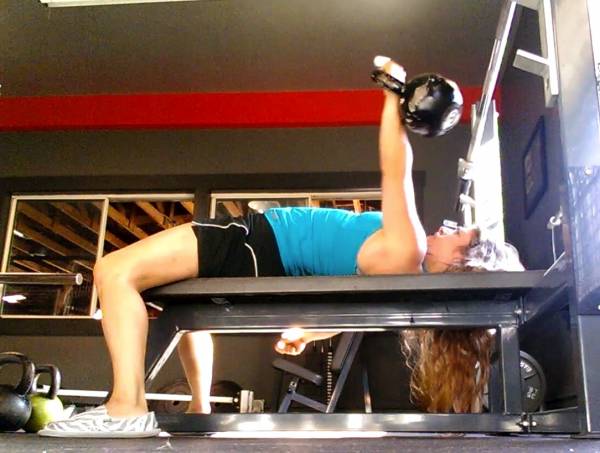
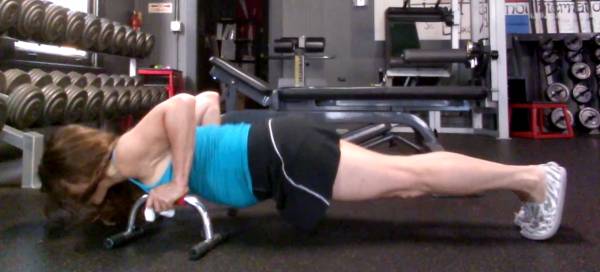
2. Upper Back Training
I was concerned that I would not be able to pull, since I couldn’t close my hand well around anything. I found an ankle strap that fits to a cable machine and wrapped it around my wrist. In this manner, I used it for cable rows, back flyes, and even pull ups (I rigged it to a pull up bar and hung down a strap for my other hand so that my hands would be at the same height). It exfoliated the crap out of my wrist, but it worked for what I needed it for.
3. Deadlift Substitutions
Clearly, deadlifting was pretty much out of the question. Instead, I did good mornings like they were going out of style. I also did hyperextensions holding a heavy kettlebell instead of a weight plate like I usually do, so that I could put the bulk of the weight in my good hand. I also hitched a harness to a Dodge Caravan and pulled that down my street, which was kind of awesome. Fortunately, my ability to squat was not affected at all, so I did a ton of squatting. Another thing I got in the habit of doing was holding kettlebells for time in my three good fingers on my left hand to build up strength there. I couldn’t go too heavy without feeling it in my other fingers, but I did what I could.
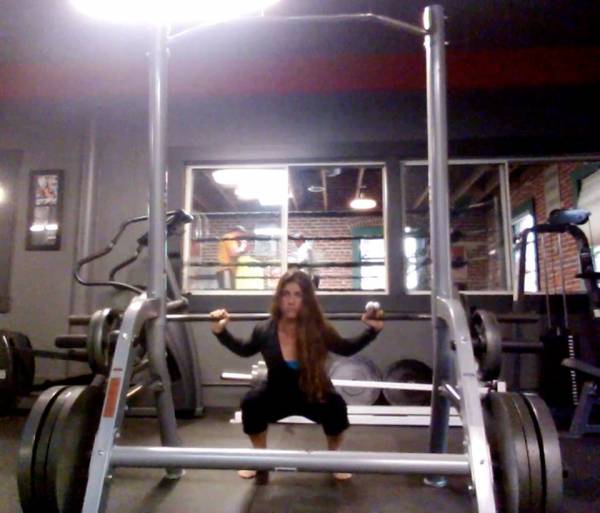
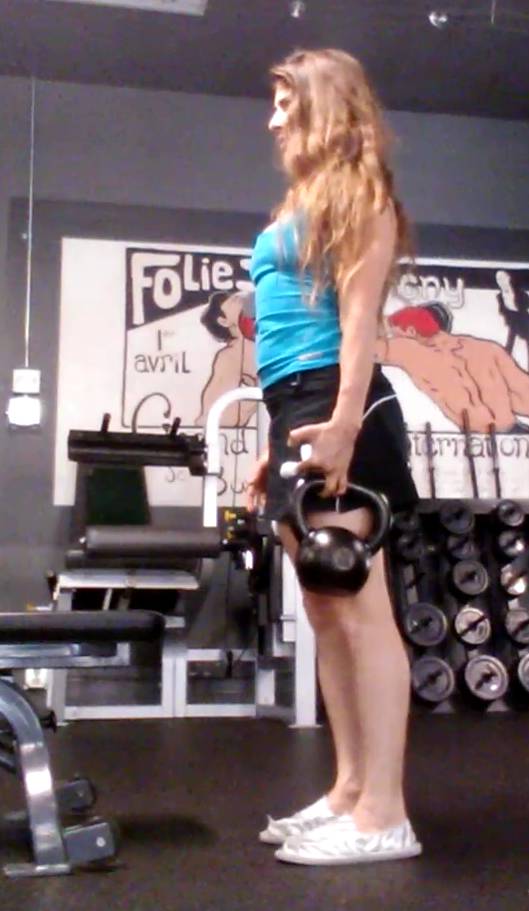
4. Assistance Exercises
Cables and push up stands really came in handy here. I did lots of one-arm cable triceps press-downs with an open palm. I did a ton of hamstring curls. I worked on my one-arm hanging leg raises and one-arm dragon flags, used the Evil Wheel a lot, and practiced my Stupid Human Tricks (I love being upside-down) on pushup stands. I did a ton of right-handed kettlebell swings.
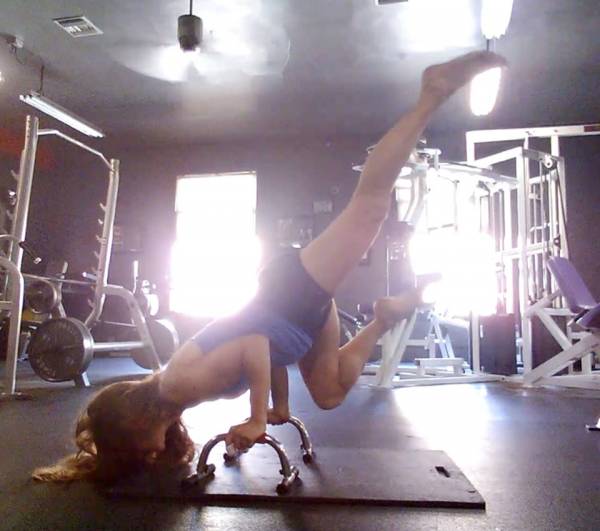
The results of all this was that, even in bandages, I added 35lbs to my squat and almost 20lbs to my bench press in less than a month and a half. Once I got my fingers out of bandages and back in use (in less than half the time predicted, without the skin graft, and with the nails 100% there), I hit my previous deadlift numbers within two weeks.
My point is, just because you’ve got a setback doesn’t mean it’s all over for you. I was fortunate in that in my case, it was only a couple of fingers. For many people, injuries are far more severe than that. The biggest rule of thumb is move, but do not moveinto pain. Pain is your body trying to stop you from doing something. Listen to it.
Do what you can without making your injuries worse. You will likely find that you heal much more quickly and that you are stronger upon recovery than you ever thought you would be. Chances are, you’ll recruit new strength doing your “here’s what I can do” exercises that will only make you better in the long run.






